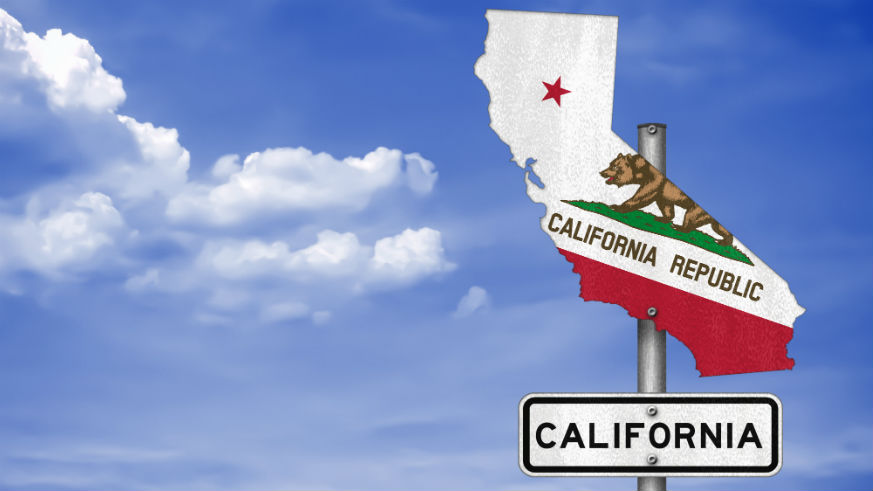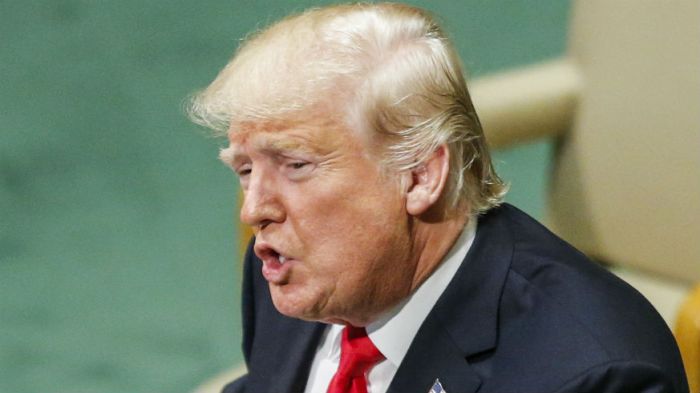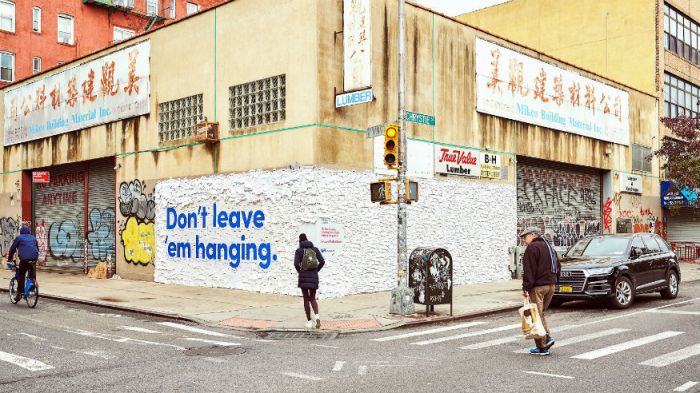The fate of some pretty powerful women slated to make history is in the hands of the midterm elections. But, the November 6 vote could also decide the fate of one state’s entire structure as we know it. A proposal to divide California into three separate states qualified for the ballot Tuesday, and residents will decide on this California split when they cast their bids for local and congressional positions in the fall.
According to The Los Angeles Times, billionaire venture capitalist Tim Draper heavily spearheaded this initiative and formally submitted its proposal last summer. He received enough signatures — hundreds of thousands — to get the California split on November’s ballot.
Draper posted about this outcome on Twitter Thursday morning. “We are on the ballot in November!” he wrote of the midterm elections, adding that it “will allow us the opportunity to vote for a fresh reboot to CALIFORNIA’s government.”
We are on the ballot in November! @votecal3 will allow us the opportunity to vote for a fresh reboot to CALIFORNIA’s government. Check it out. https://t.co/Mpgb7MW7n6 #cal3 #votecal3 https://t.co/9U8y3GxF9d
— Tim Draper (@TimDraper) June 14, 2018
What would this California split entail?
The California split, called “Cal 3,” is proposing the division of the Golden State into three territories along existing county lines: Northern California, Southern California and California.
See these boundaries below:
Radical plan to split California into three states earns spot on November ballot https://t.co/3AtcHCQXFB pic.twitter.com/4UtEyrEEoT
— Los Angeles Times (@latimes) June 13, 2018
This isn’t the first time a California split was put on the table. The last person to submit a three-state proposal, as the Times noted, was a “Butte County legislator,” but this failed in 1993. Originally, Draper proposed a “Six Californias” plan in 2013, but that too failed to make the ballot.
And, advocates of a proposal called “Calexit,” are campaigning for California’s secession from the U.S.
If this California split becomes a reality, it would be the first division of a state since West Virginia was admitted to the Union in 1863, utilizing Article IV Section 3 of the U.S. Constitution.
More importantly, why do people want this California split?
Cal 3 justifies the California split because advocates say the existing state does not govern its people effectively. “The California state government isn’t too big to fail, because it is already failing its citizens in so many crucial ways,” Cal 3 spokeswoman Peggy Grande said in a statement on Tuesday. “The reality is that for an overmatched, overstretched and overwrought stategovernment structure, it is too big to succeed. Californians deserve a better future.”
The Golden State ranks 44th in K-12 education, 49th in road quality, 34th in public safety and 50th in quality of life — and the California split, advocates say, will make life better for its residents, improving roads and infrastructure, local identity, education and more.
“The California Department of Education simply cannot manage 6.2 million students, nearly 300,000 teachers, and more than 1,000 school districts,” the Cal 3 campaign website reads. “Cal 3 will bring critical decision-making closer to home, giving states a fresh start and families better choices, with greater accountability and outcomes for everyone.”
Cal 3 argues that the California split would also give the state better congressional representation. It now holds two seats in the U.S. Senate. After the division, the three newly formed states would have a total of six seats in a Senate of 104 congresspeople, which, as the Times wrote, “would dilute the power of other states and increase the power of what used to be a single state if its six senators banded together on various issues.”
What would this California split mean?
California’s current population would be divided almost equally into thirds despite the fact that, geographically, the new California would be much smaller than its northern and southern counterparts. According to analysts, this division, if approved, would create two blue states and one swing state (Southern California).
Lt. Gov. and Democratic 2018 gubernatorial candidate Gavin Newsom doesn’t support the initiative and said that California’s “success is in being a cohesive state, particularly in a time of Trump and Trumpism.” He also said that he doesn’t expect the state to support Cal 3, either.
A poll released in April 2018 revealed that 17 percent of the 916 registered voters surveyed would vote for the California split.
Come November, it’s up to the Golden State. But, California legislature and Congress would still have to approve, and Trump would also need to sign off on the division.
Metro speaks to California residents about Cal 3
One California resident, who’s lived in L.A. for six years, told Metro he “100 percent can’t agree” with the California split. While he does agree that problems do stem from running a large state, he doesn’t believe splitting it in three “separates groups, families and other communities who are invested in each other’s success” is the answer since this would only drive them “further apart.”
For instance, he questioned, “Why does the proposed Los Angeles cover so many upper-class coastal counties but not group the Orange County communities of color who have ties to the everyday people of L.A.?”
“I was born and raised in Bakersfield, went to college in Sacramento and now live in Los Angeles,” another California native wrote in a statement. “If the state were to split into three, that would mean I’ve lived in all three states. It would also mean that my visiting my family 90 miles away would require crossing state lines (which just seems ridiculous).”
She brought up concern for “conservative farmers” in the newly proposed Southern California who are already struggling financially due to the drought. Another concern she brought up was the fact that new government laws and regulations would be put into place for each state.
“One of the best things about California as it is, is the diversity. We have every race, every political party, every religion, every point of view in our big beautiful state — this is an asset,” she wrote. “Without these differences, we don’t have checks and balances, we just have segregation.”

























